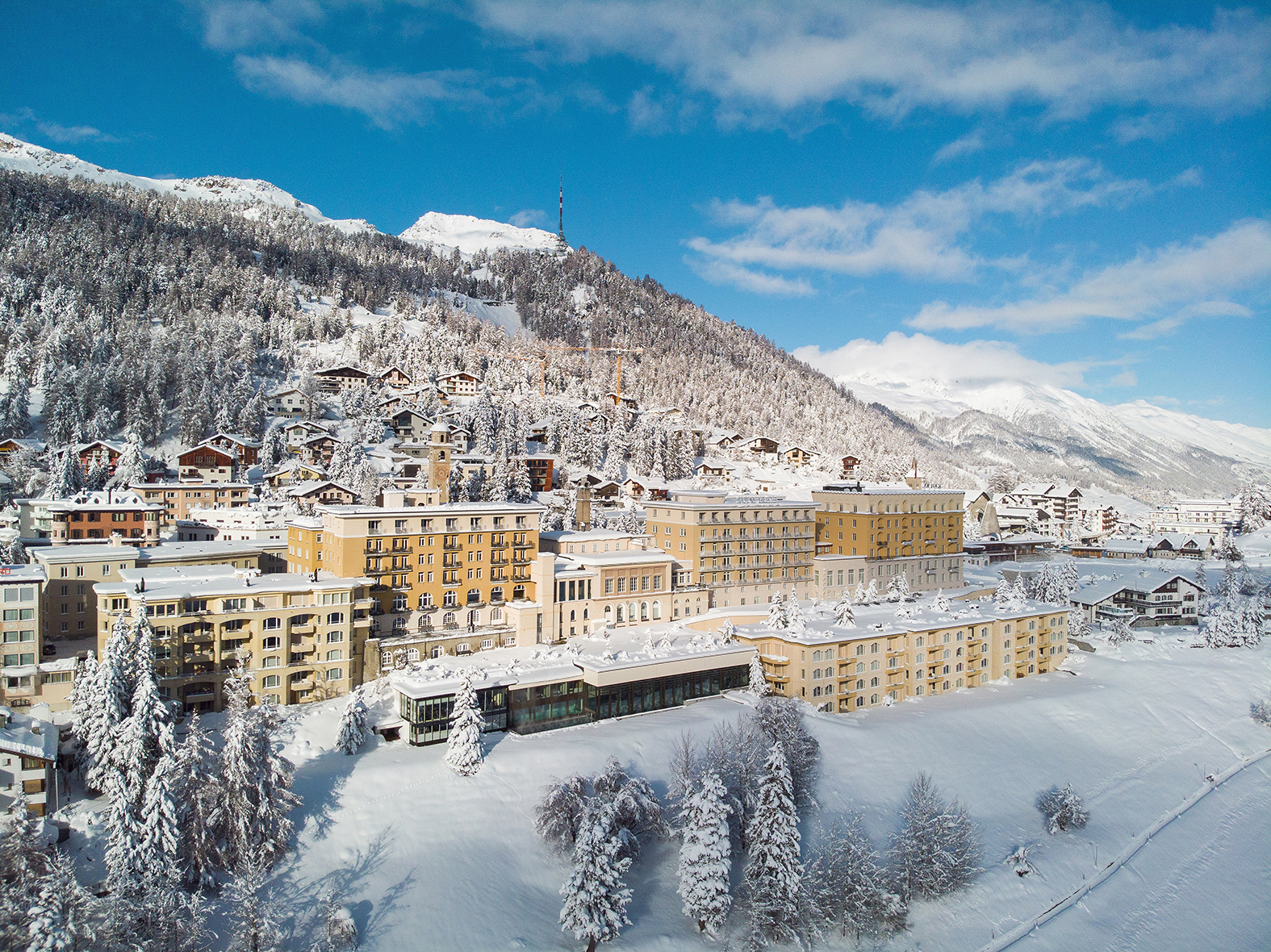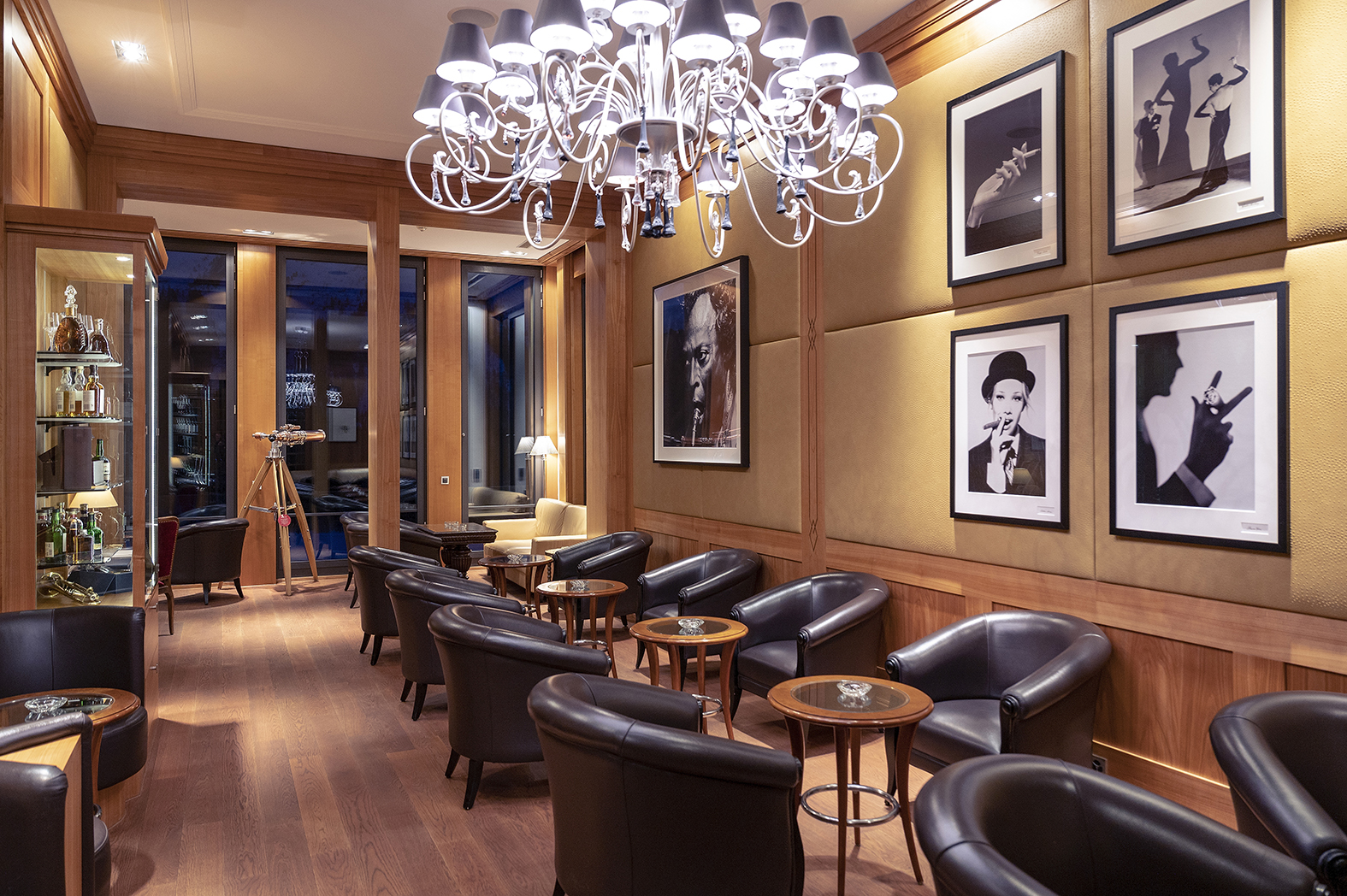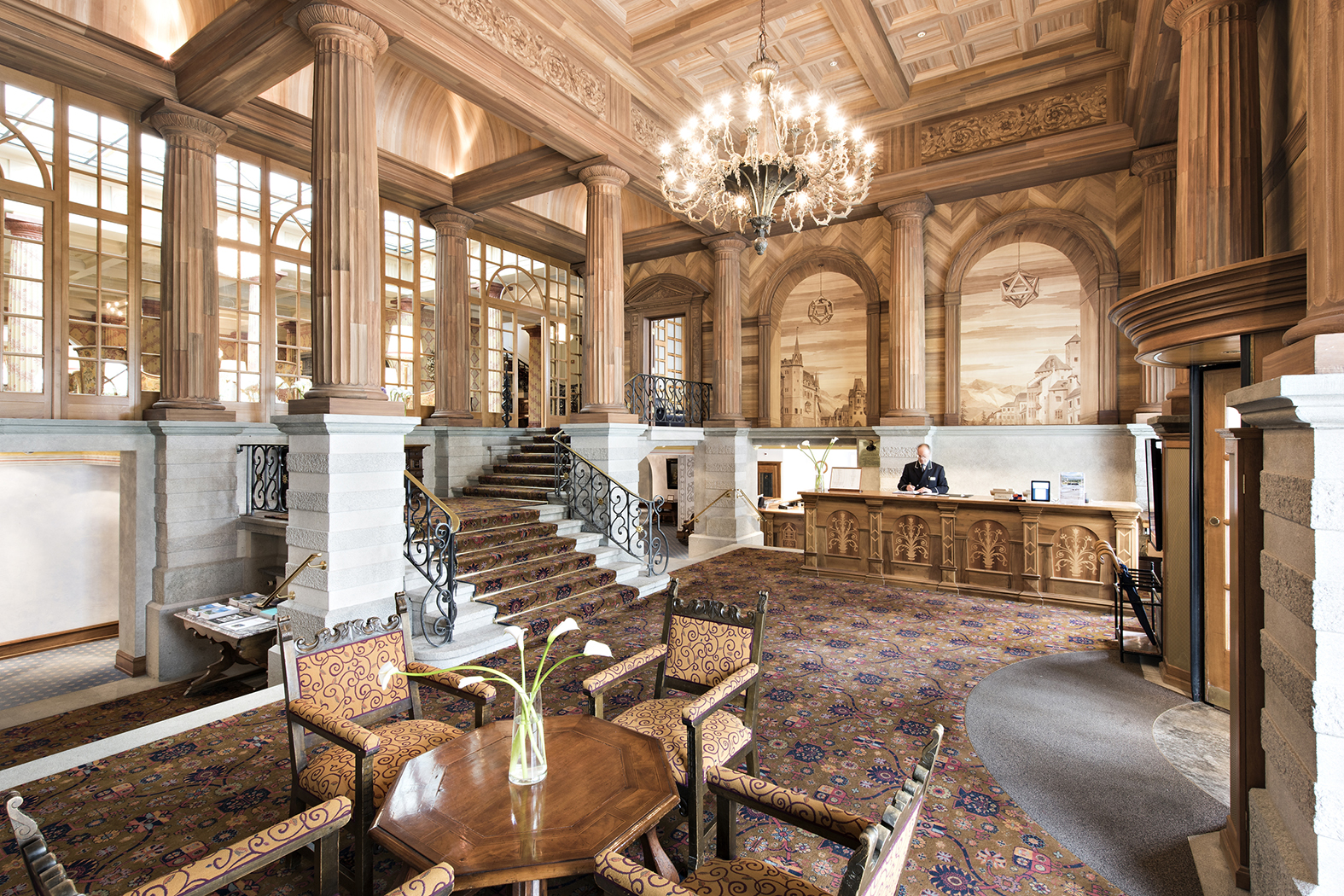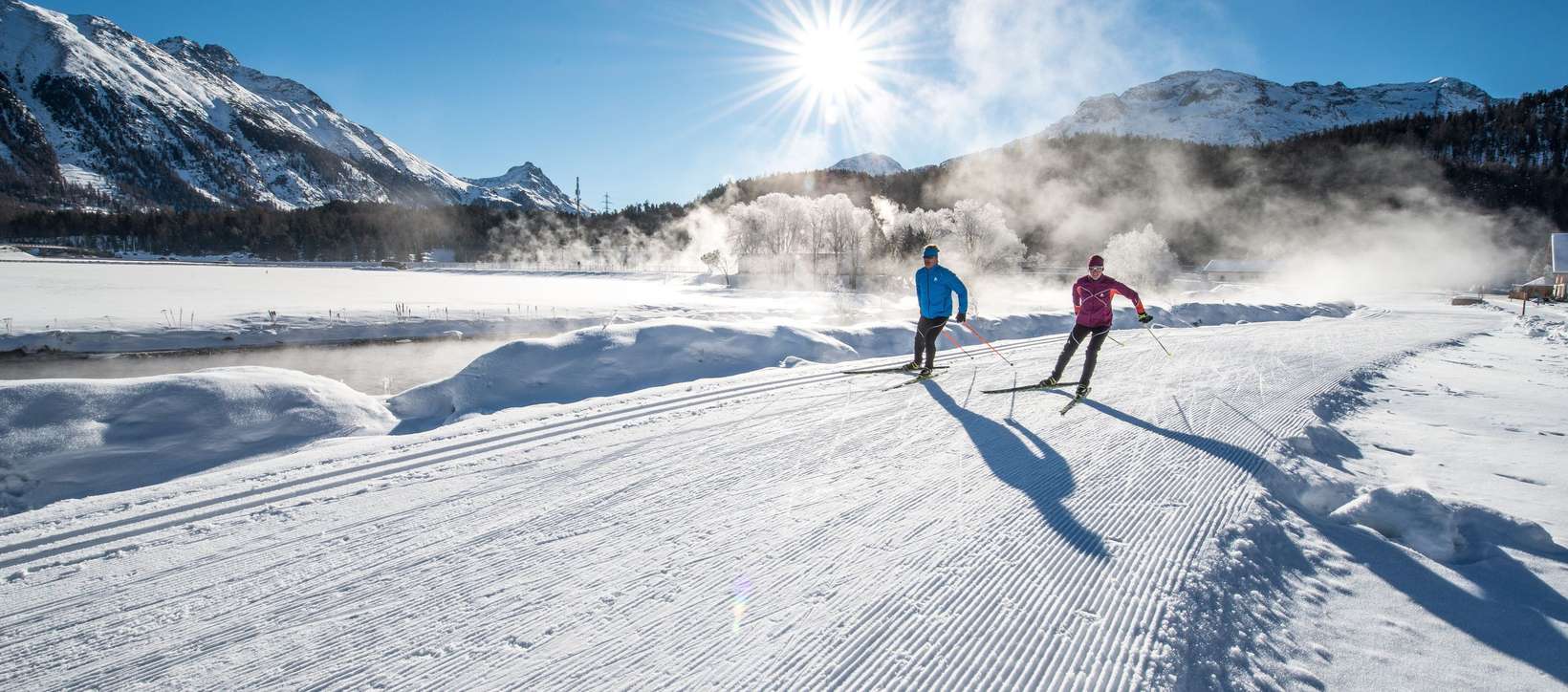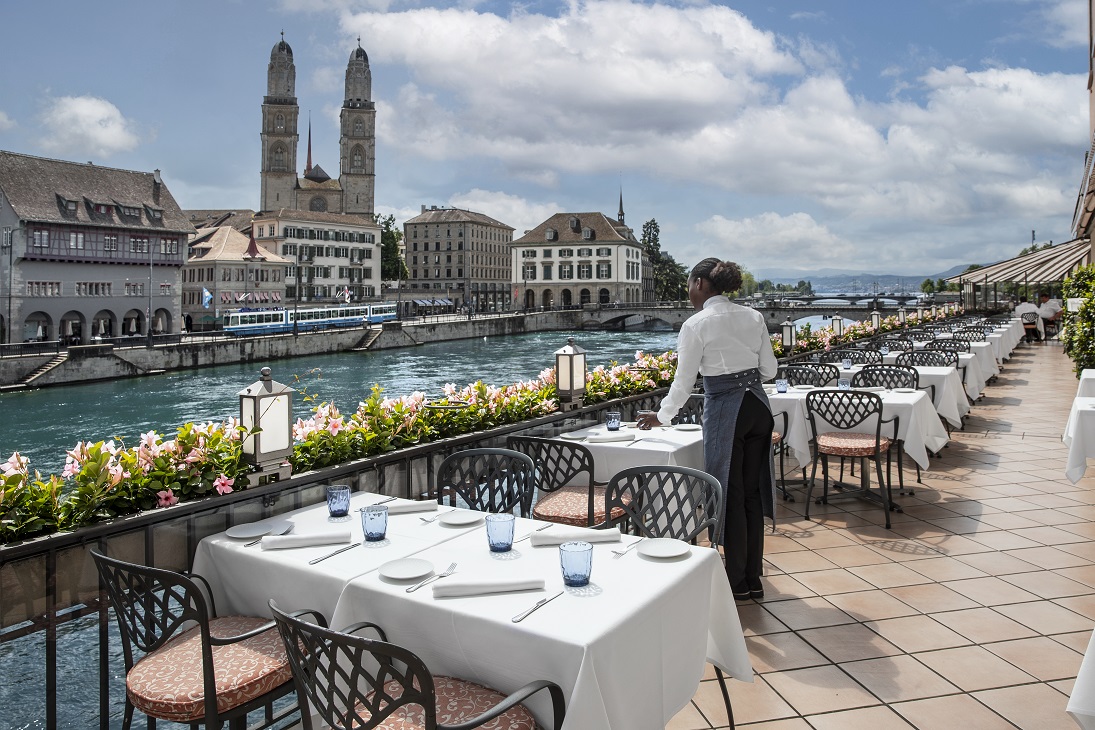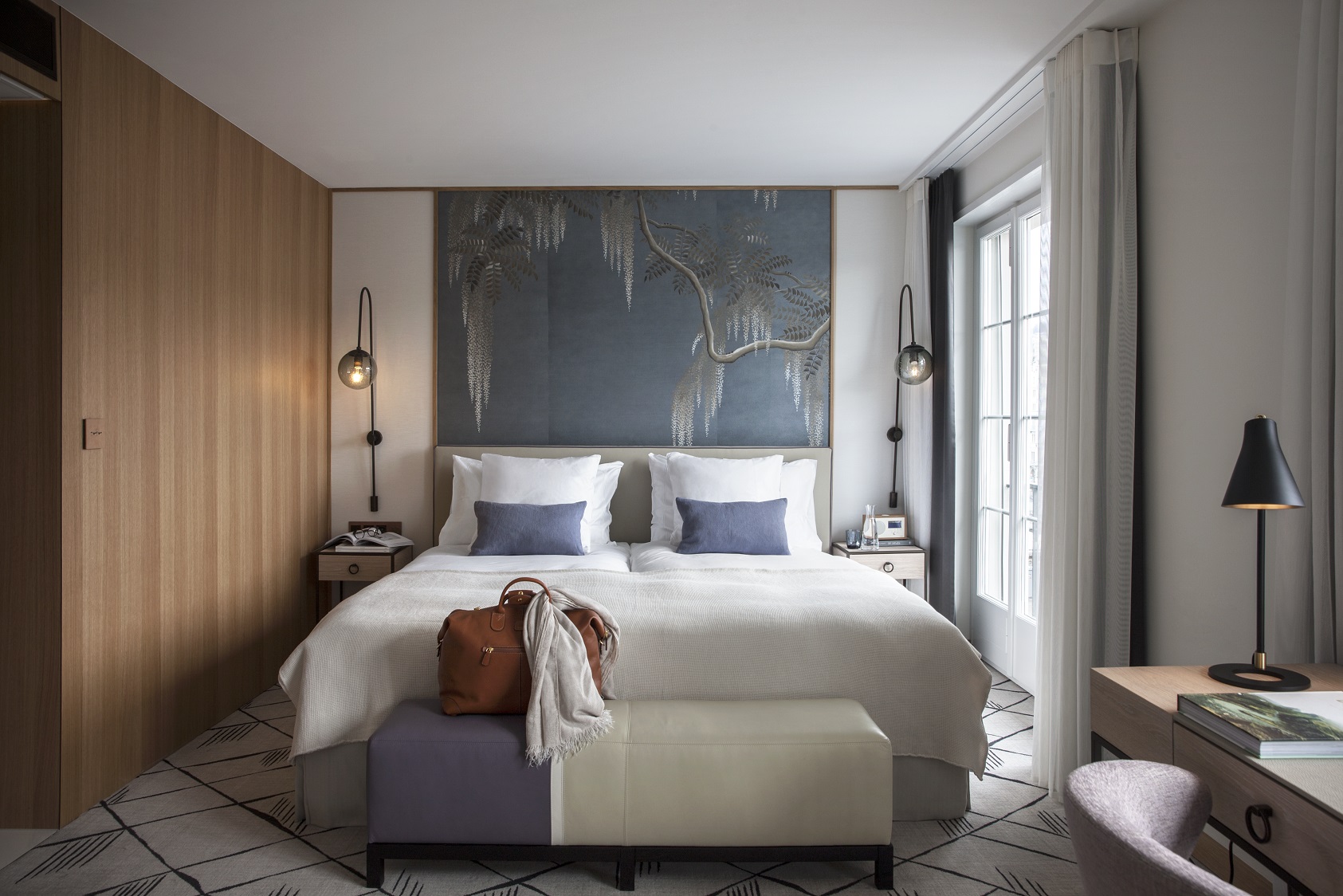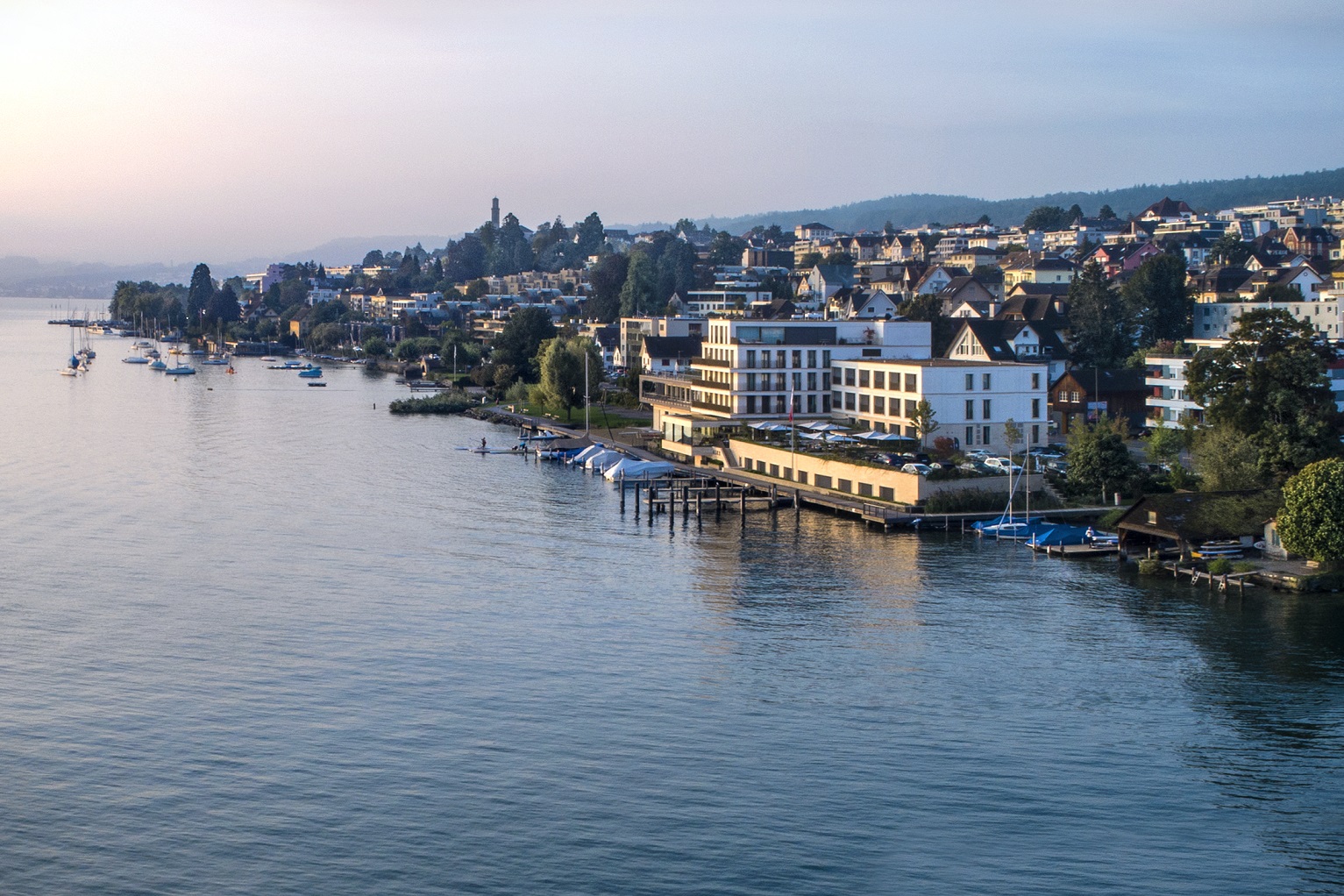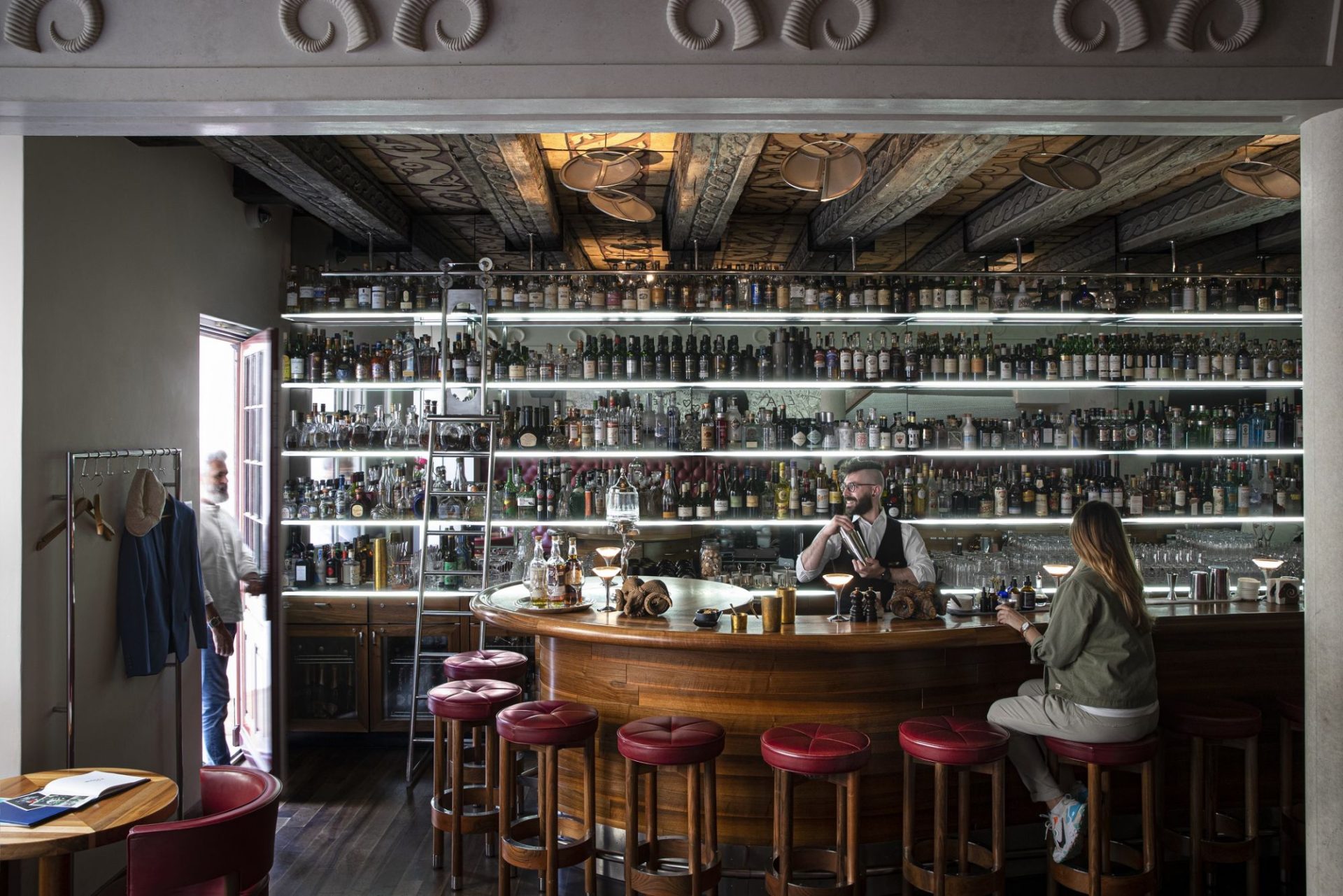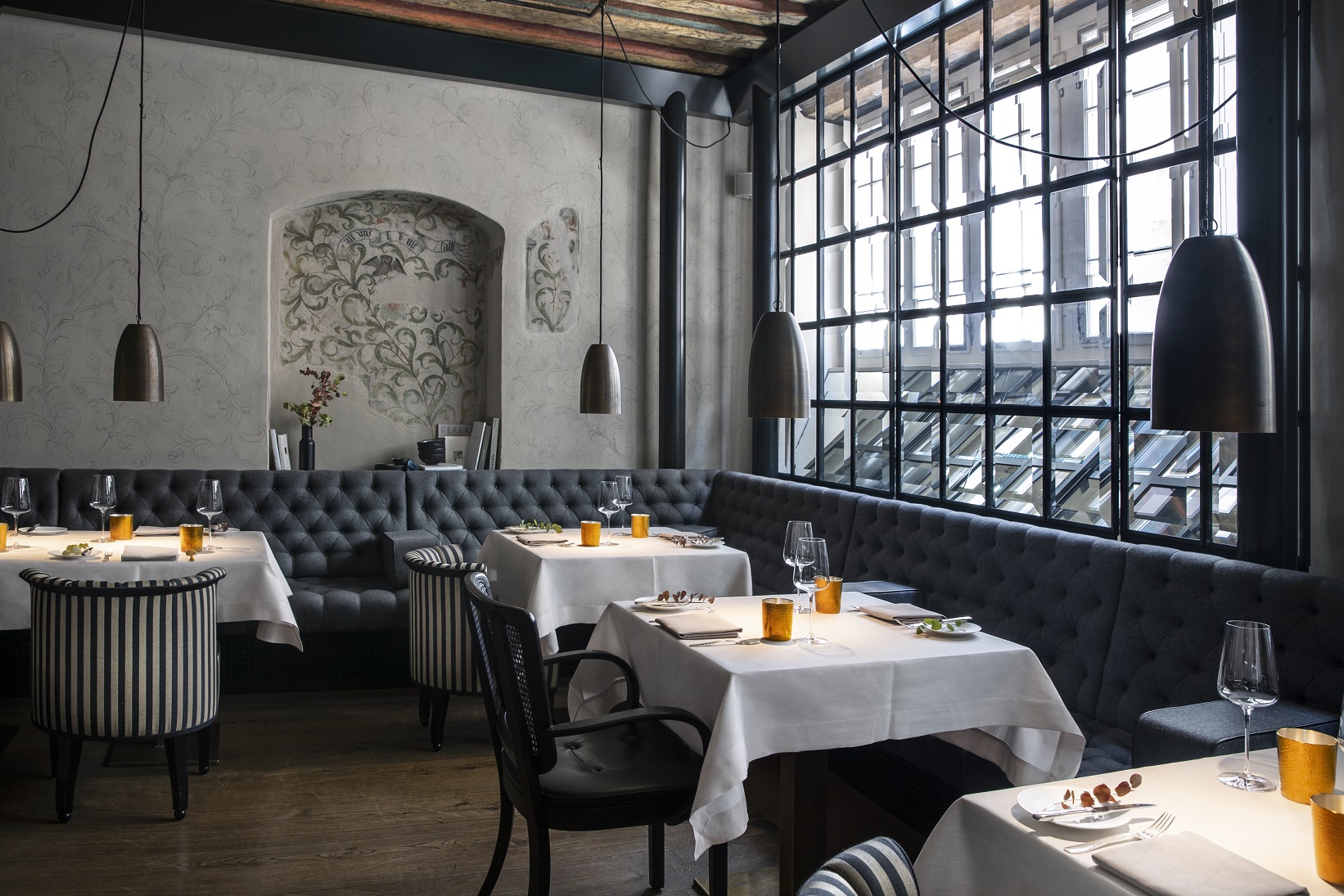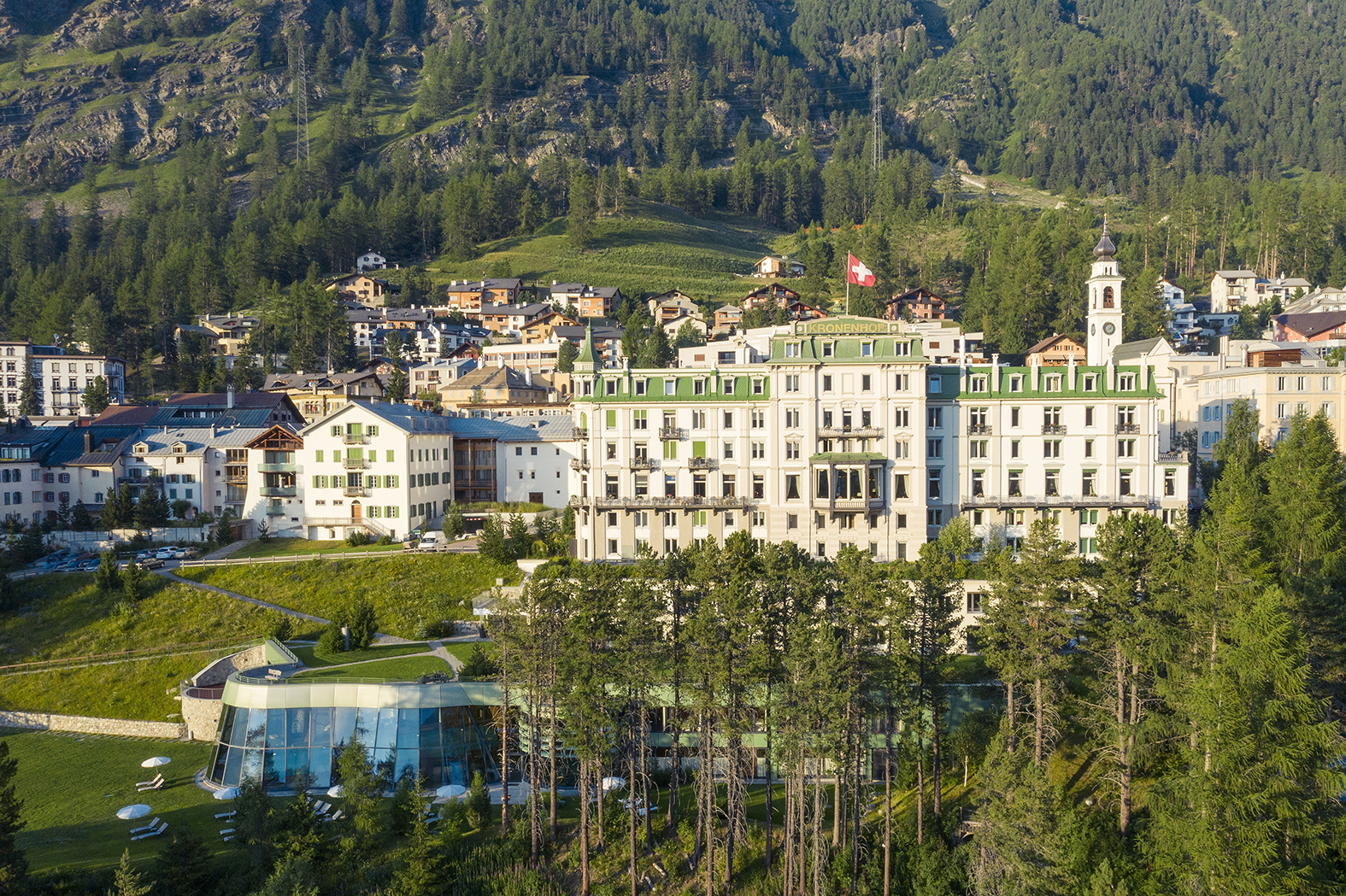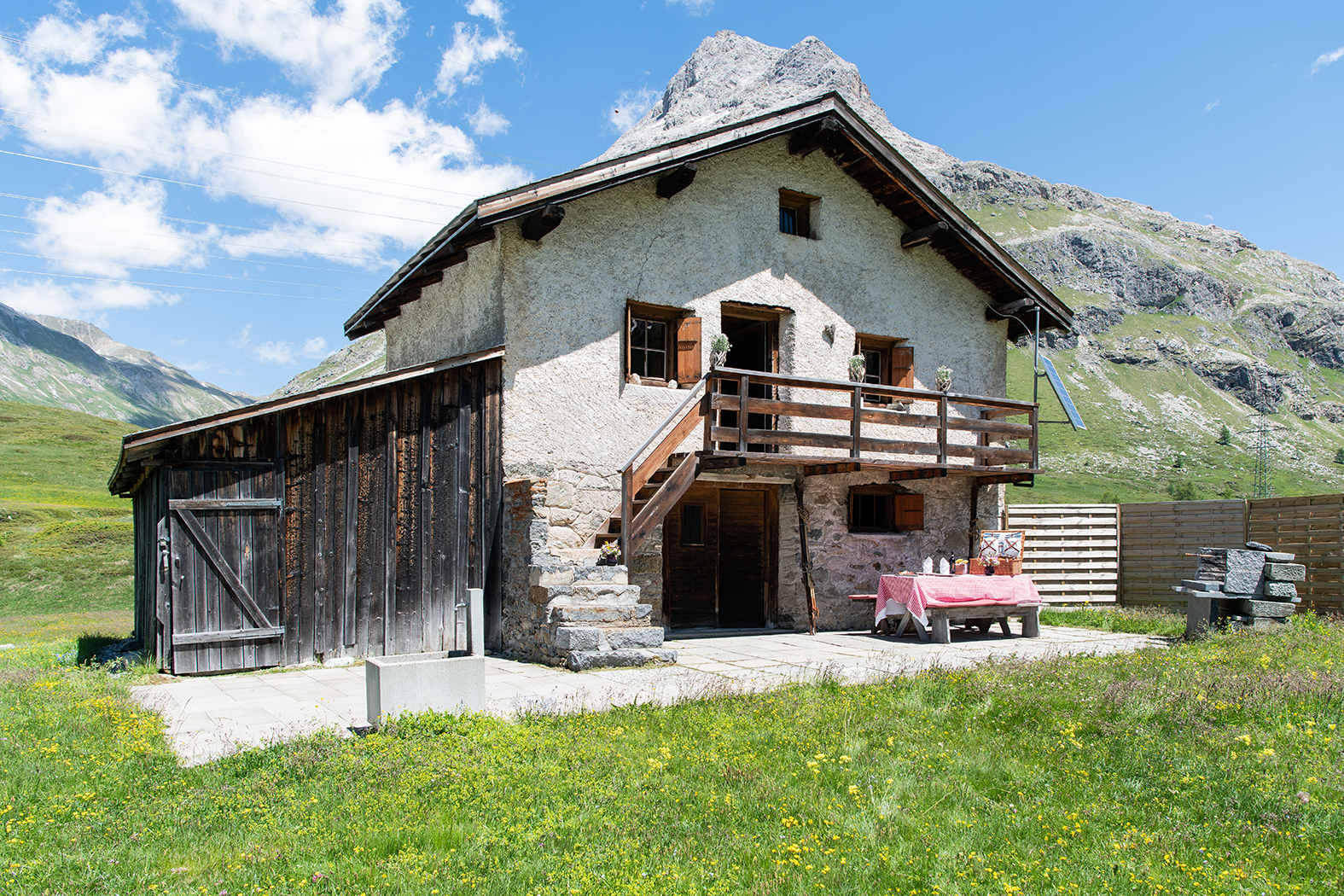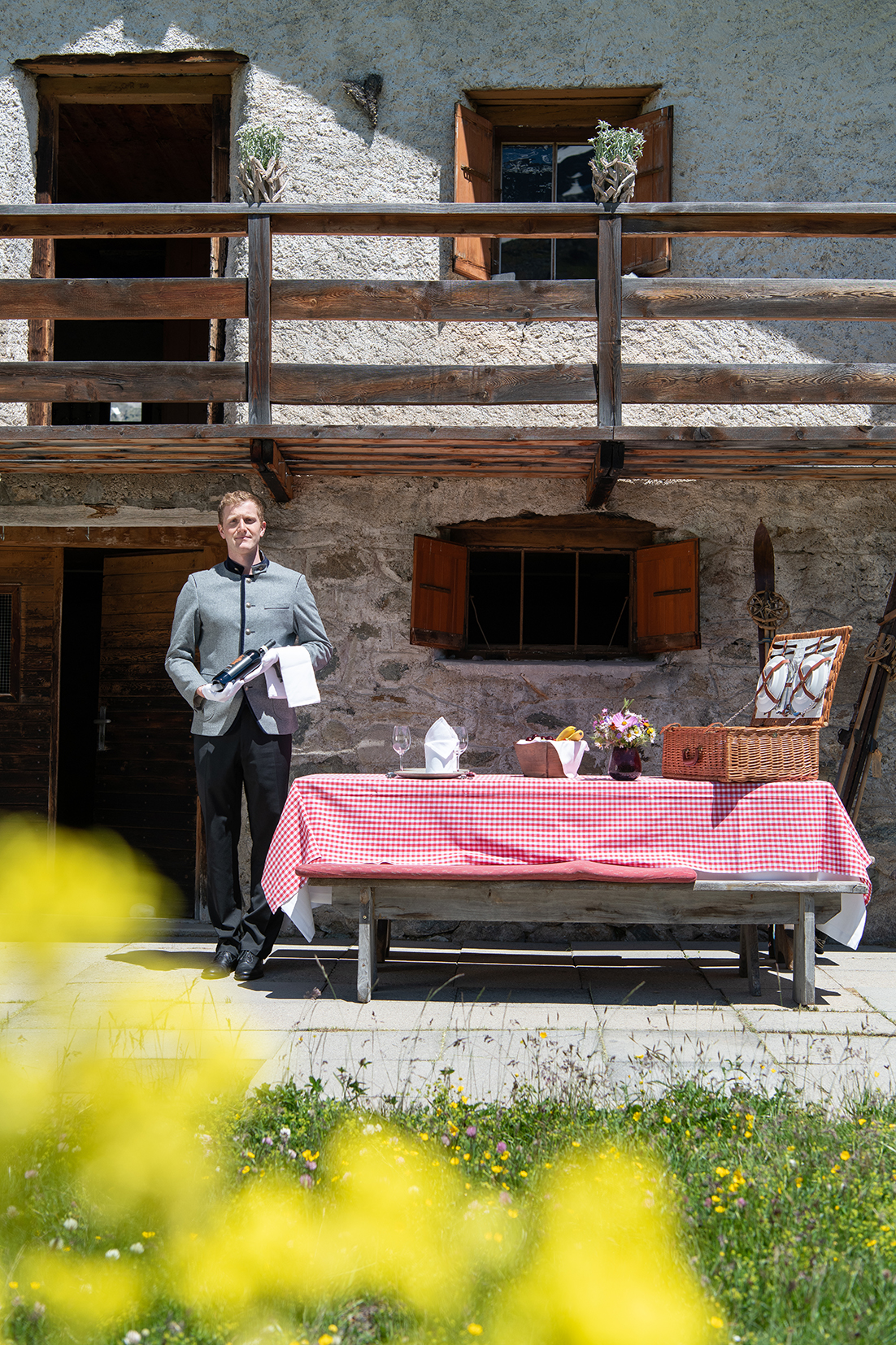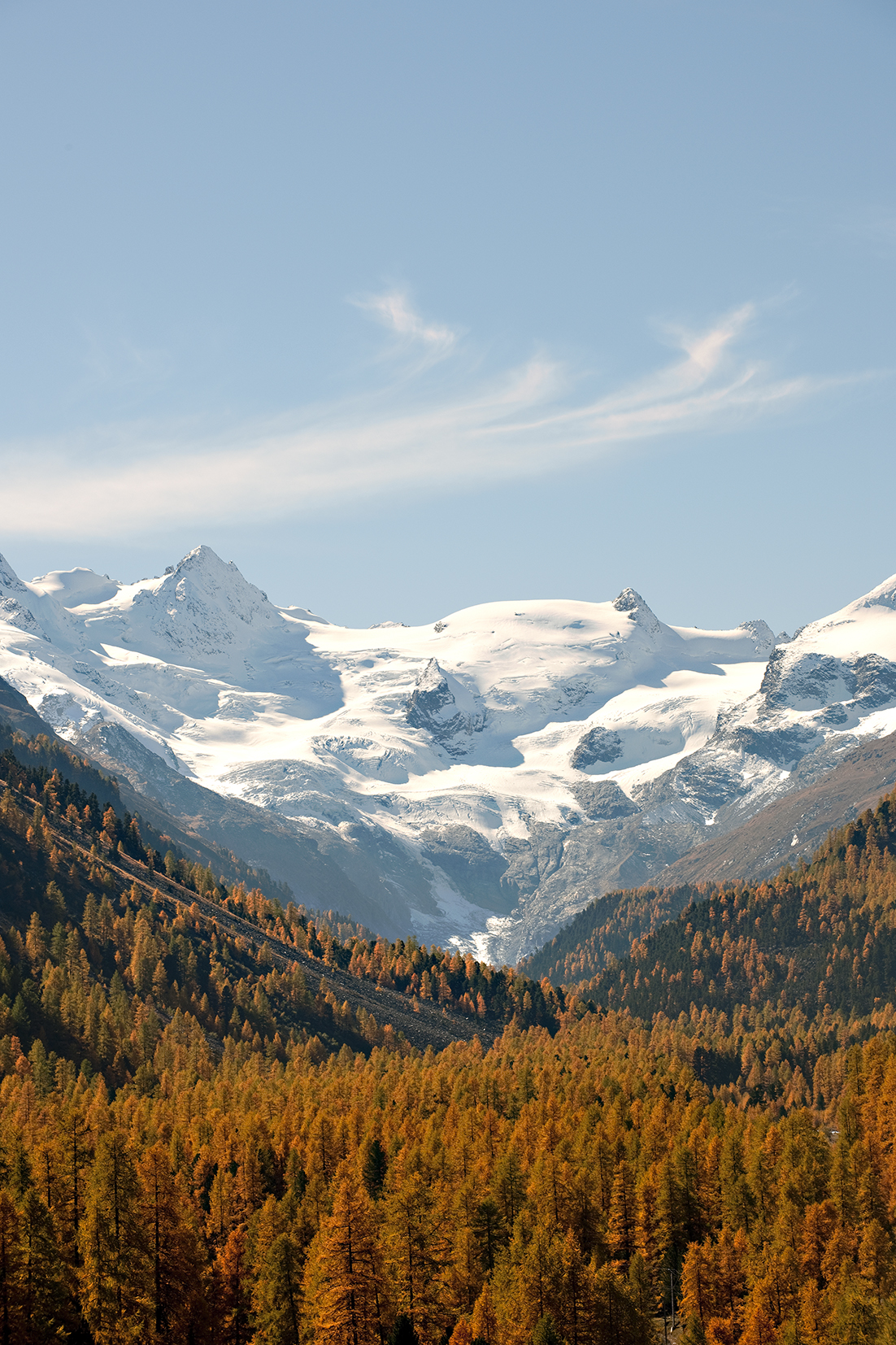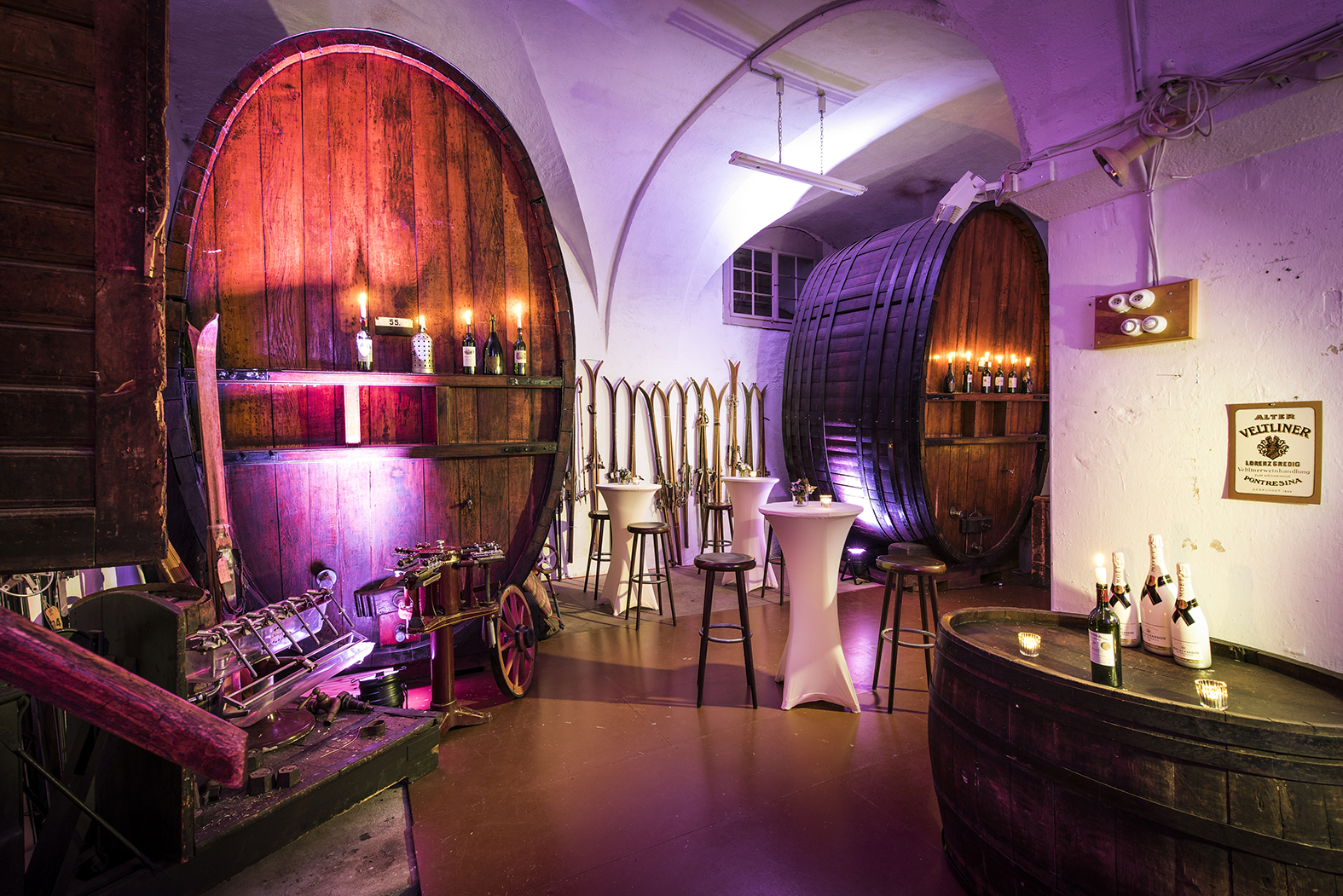St Moritz magic
The famous town in the Swiss Alps is still casting a spell over visitors, as Bronwen Gora discovered.
20 April 2023
The world is full of holiday spots that don’t quite live up to the hype. St Moritz isn’t one of them.
Within days of my recent mid-winter sojourn to the legendary Swiss mountain town St Moritz had more than justified its reputation as poshest destination in the European Alps. I found it particularly charming too.
The medieval town centre is one giant chocolate box scene of cobblestone streets and medieval buildings, neatly preserved and ornate as olden times. Nowadays the majority appear to house stores selling the earthly riches of world-leading labels: Rolex watches, Bulgari jewellery, Moncler jackets, Dolce & Gabbana sunglasses, stilettoes and more.
Well over a dozen art galleries also grace the streets, striking sculptures and pricey paintings behind well-polished glass.
The cobblestone paths lead me down to Via Serlas, St Moritz’s shopping strip famous for having the highest number of designer stores anywhere in the Alps. From Dior to Alexander McQueen, the premium array is impressive.
Fashion aside, there are a myriad other reasons the world’s wealthiest have holidayed here for over a century.
Located three hours by train from Zurich Airport in Switzerland’s Engadin Valley, St Moritz is the kind of place where the sole airport is reserved just for private planes and where accommodations include the European Alp’s largest selection of 5-star deluxe hotels.
The most famous of these is The Kulm Hotel, St Moritz’s first and arguably most palatial establishment. It has been built to the grandest of scales after starting life as a 12-room inn in 1855 when opened by Johannes Badrutt.
At the time, St Moritz was attracting mainly wealthy British tourists who came to benefit from the healing properties of the town’s mineral-rich thermal pools and hike in the mountains above.
But back then, the tourist trade was restricted to summer, so in 1864 Badrutt famously challenged some guests to stay for winter. If they had an awful time he would pay for their stay.
The guests accepted the offer and fell in love with the snowy season, the exercise now credited with starting winter tourism in the Alps.
In the ensuing years, The Kulm transformed into one of Europe’s most elaborate alpine hotels.
This is a place overflowing with opulence, comfort, grace and style, all chandeliers, expansive guest lobbies filled with antique-style furnishings and windows framing views of the peaks.
Colourful dried flower arrangements and LED artworks add modern touches to priceless art. The Kulm’s ballroom, St Moritz’s largest, is now used for the hotel’s daily breakfast buffet, the freshly baked bread and squeezed juices served beneath dozens of glittering chandeliers.
Hotel restaurants include K overseen by three-star Michelin chef Mauro Olegreco, at one stage hailed as Europe’s best. On the night we attend, we’re served an array of artistic arrangements, crafted from simple ingredients like beetroot and radish to yield outstanding results. Another evening we choose the Peruvian fusion menu in Sunny Bar, the oldest apres venue in the alps.
The bar and now restaurant was created by devotees of St Moritz’s famous Cresta Run, the unique icy chute used only for the one-man sport of skeleton – a pursuit that involves sledding solo, head-first, down the ice-covered track at well over 100km/hr. Skeleton is now an Olympic sport and the Cresta Run remains revered as the world’s most challenging and dangerous tracks.
Deluxe vacationing opportunities also draw holidaymakers to Pontresina, just 7 kilometres from St Moritz, a hamlet far quieter than its glitzy neighbour and where the most popular choice is The Grand Hotel Kronenhof.
Like the Kulm, the Kronenhof opened as a small inn in the mid-1800s and grew to palatial proportions, but it remains a demure sister to its audacious counterpart.
Heritage-protected, the Kronenhof is often compared to the fictional establishment depicted in director Wes Anderson’s movie The Grand Budapest Hotel. The men’s and women’s salons of the past are now guest lounges filled with original Eames chairs, velvet lounges, grand pianos, and Viennese glass chandeliers.
There is a sumptuously decorated smoking room, a common feature of Switzerland’s grand hotels, and a still-operational 19th-century bowling alley attached to a basement restaurant.
I enjoy much of my luxurious few days within the Kronenhof at the hotel’s magnificent pool and spa facility. Opened in 2007, it sprawls across two levels, the spa above and 20-metre heated pool and wet area below, entirely encased by an enormous structure of mostly floor-to-ceiling glass affording views of the surrounding snowy peaks.
The wet area is styled on an underground grotto, filled with multiple saunas, saunas, steam rooms and even a small pool simply for floating while listening to piped music. It’s the perfect place to reflect on the magic of St Moritz and all the Engadin Valley has to offer – and plan my next trip.
Bronwen Gora travelled courtesy of emirates.com, myswitzerland.com and mystsnet.com.




